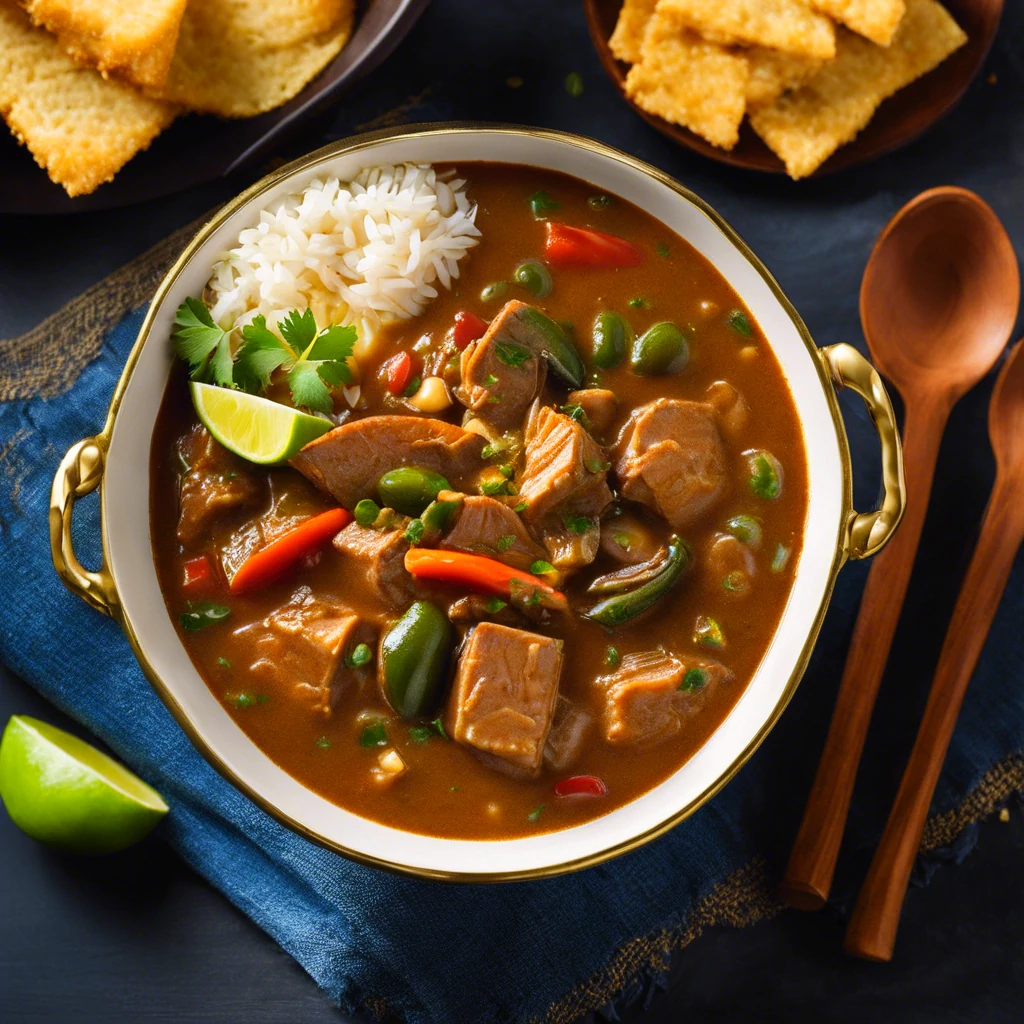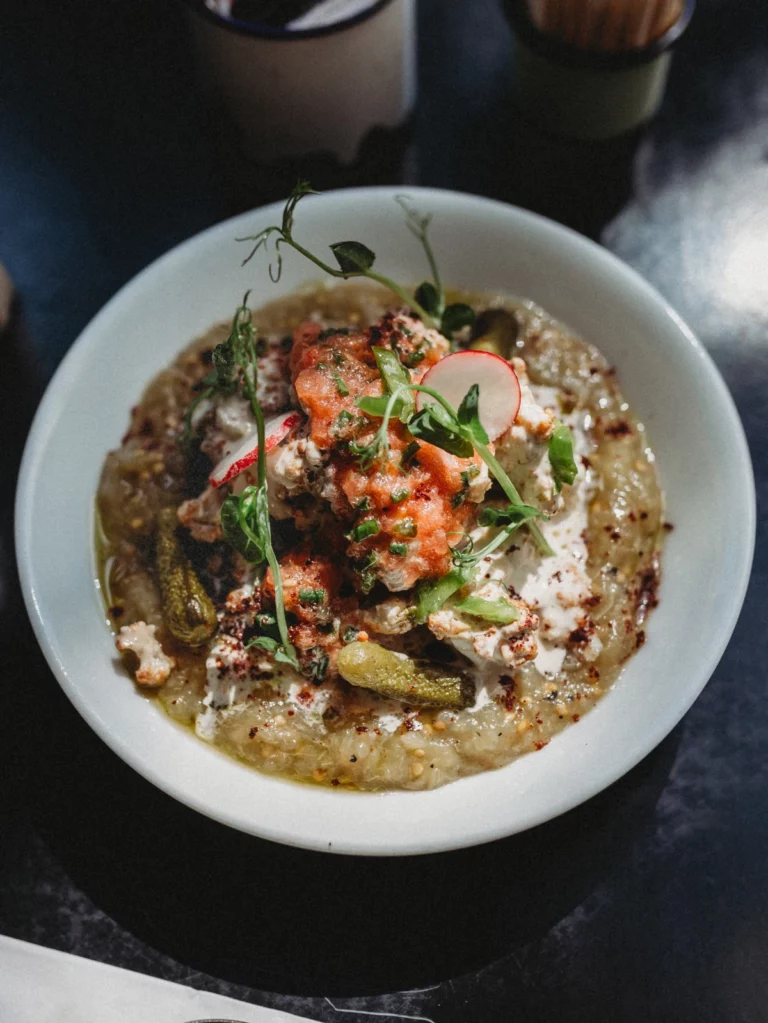What is a traditional gumbo made of? Gumbo is a quintessential dish that epitomizes the rich cultural tapestry of Louisiana. This hearty stew is a symbol of Creole and Cajun cuisine and reflects a blend of influences from West Africa, France, Spain, and Native American traditions. A traditional gumbo is not just food; it is a narrative of history, community, and the art of Southern cooking. In this blog post, we will delve into the ingredients and preparation that make gumbo an enduring classic of American regional cuisine.
Exploring the Traditional Gumbo: A Culinary Journey into the Heart of Louisiana
The Essence of Gumbo:
At its core, gumbo is a thick soup or stew that is often based on a strong-flavored stock, meat or shellfish, a thickener, and the “Holy Trinity” of vegetables—bell peppers, onions, and celery. This dish is usually served over rice and embodies the concept of combining simple ingredients to create complex flavors.

Key Ingredients:
1. Stock: The foundation of any good gumbo is the stock. Seafood stocks are common, especially when making a gumbo with shrimp or crab. Chicken or turkey stock is also popular, particularly when paired with Andouille sausage.
2. Meat or Shellfish: Gumbo can feature a variety of meats including chicken, sausage (most notably Andouille), ham (such as tasso), or seafood like shrimp, crab, or oysters. Some versions combine both meat and seafood.
3. Thickener: There are three traditional thickeners used in gumbo – okra, filé powder (ground sassafras leaves), and roux. Each thickener not only contributes to the consistency but also adds its unique flavor and historical significance to the dish.
4. The Holy Trinity: The combination of diced bell peppers, onions, and celery is a staple in Cajun and Creole cooking. This mirepoix variant provides a flavor base for the gumbo.
5. Spices: Gumbo is well-seasoned with a variety of spices which may include garlic, cayenne pepper, bay leaves, thyme, and sometimes allspice.
The Preparation:
- Creating a traditional gumbo is a labor of love and patience. It often begins with making a roux—a mixture of fat (usually oil or butter) and flour—which must be slowly cooked to a deep brown color to develop its nutty flavor and dark color. This process can take anywhere from 15 minutes to an hour, depending on the desired intensity.
- Once the roux is ready, the “Holy Trinity” is added to the pot to sauté until soft. Following this, the stock is introduced along with the meats or shellfish, spices, and other seasonings. If okra is used as a thickener, it’s often added after the stock to simmer until it breaks down and thickens the liquid. For gumbos using filé powder, this ingredient is typically stirred in after the gumbo has been removed from heat to prevent it from becoming stringy.
- The gumbo is then left to simmer for several hours to allow the flavors to meld together harmoniously. The longer it cooks, the more developed and intense the flavors become. Once ready, it is traditionally ladled over a scoop of cooked rice and served hot.
Note : Warm up with this cozy Salmon Stew recipe, featuring tender salmon, hearty potatoes, and rich, creamy broth. Perfect for any chilly evening.
Recipe Here : Salmon Stew Recipe
Conclusion:
Gumbo is more than just a dish; it’s a cultural icon steeped in Louisiana history. Its flexibility allows for countless variations, each telling its own story about the region’s diverse heritage and culinary practices. Whether it’s enjoyed during a festive Mardi Gras celebration or as a comforting meal on a cool evening, gumbo remains a beloved staple that continues to bring people together around the table. So next time you have the opportunity to savor this Southern delicacy, remember that you are not just tasting a meal but experiencing a vital piece of Louisiana’s soul.


You might also like these recipes
Main Dishes
Zesty Honey Mustard Dipping Sauce Recipe
Main Dishes
Simple Khichdi Recipe for a Quick Comfort Meal
Desserts
Easy Ashta Recipe: Creamy Middle Eastern Dessert
Desserts
Easy Homemade Honeycomb Recipe (No Corn Syrup)